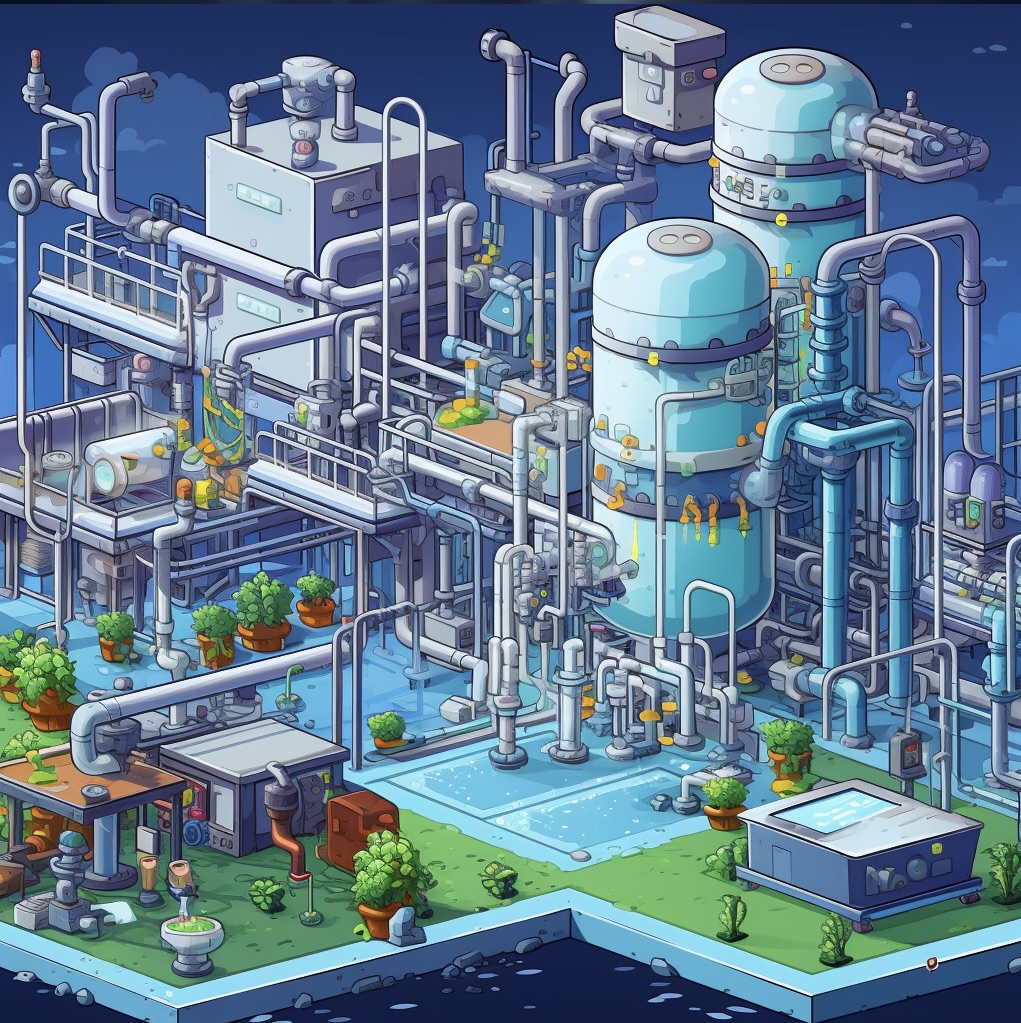Curing a disease is one of the most profound achievements for a Scientist.
Every year, less than 100 new drugs are approved by the FDA despite thousands of drugs in the clinical trial pipeline. Creating a drug is hard. It takes over a decade from start to finish, costs a fortune (~$2 billion), with tons of room for error. In my next 3-part series, I wanted to break down the critical components of modern drug making into three big steps:
- Find the drug
- Model the disease (to test the drug in)
- Deliver the drug (to the target organ)
Today, I’ll talk about the first and most exciting step (imo) of the drug-making journey: Drug Discovery.
It’s often the most complicated and expensive process with an extremely high rate of failure, requiring an interdisciplinary team, lots of money, and a healthy sprinkle of luck. There’s lots of reasons why the search for a drug could “fail” and different diseases need different drug discovery approaches. But overall, there are actually very few ways to hunt for drugs once you understand where to look.
There are generally three ways to discover a new drug:
- Search within – Look at the diseased organ/cell for basic molecular pathways.
- Search blindly – Unbiased screening of many different drugs at once.
- Look around – Animals, bacteria, and viruses that inspire new drugs.
This one’s a bit long. So buckle up, and let’s get into it!
1. Searching within – Cell Pathways

Diagram of a few simple cell pathways.
The cell is the smallest biological unit of life. They’re tiny and incredibly dense, packed with millions of even smaller molecules that are doing billions of things at the same time. Unlocking all of the functions of the cell is like cracking the code that defines the natural world. Sadly, we’re still very, very far away from understanding everything that goes on in a cell.
Scientists have deconstructed and pieced together the biological circuits of the cell, one molecule at a time. Most of what we know now about the cell, like glucose metabolism, ATP, and mitochondria, have been pieced together by Scientists over the last ~200yrs.
The glucose metabolism pathway for example took ~80yrs to discover, starting in 1860 in Strasbourg by Pasteur, and completed in Germany by Embden, Meyerhof and Parnas.

If a cell is like this chip, one trace is equal to one step in a large web of cell pathways.
Mapping individual molecular pathways like this works very well in metabolic diseases because there’s usually just one enzyme, protein, or hormone that’s missing. Type I Diabetes for example, is a disease where the hormone, Insulin, is not produced at high enough levels by the Pancreas.
Cells are like engines that use glucose as fuel. But cells can’t just be open to any molecule floating outside of them, because otherwise they might let in a virus or bacteria that might kill them. Instead, the cell has a fool-proofing mechanism, Insulin. Insulin is the molecule that basically acts as the “key” to open up the glucose channels in your cells to bring in the glucose from the outside.

Insulin is the key that opens the door for glucose
But when the “key” is missing, the glucose just floats in the blood and isn’t absorbed by the cells that need it, and the leftover glucose can pile up in your blood vessels. Like the gunk that builds up in your communal kitchen sink, slowly but surely, the glucose molecules stick to the sides of your blood vessels and form plaques. This can then cause atherosclerosis, stroke, neuropathy, and more.
The symptoms of Diabetes are complex, but the mechanism of the disease is remarkedly simple – and so is the treatment. If the enzyme, protein, or hormone is missing in your body, add it in from the outside! In this case, Insulin is a hormone replacement therapy, where you’re manually adding in the hormone your body would otherwise make to function properly.
The discovery of insulin in 1921 was built on decades of glucose metabolism research that started 60yrs before. To get to that point, hundreds of Scientists had spent decades mapping out individual cell communication pathways one molecule at a time.
And while Diabetes and glucose metabolism has been a subject of basic research for over 150yrs, we actually still don’t know why exactly Diabetes happens. Even after almost two centuries of research, we still don’t really understand why the beta cells in the Pancreas stops making insulin.
As we learned the art of dissecting simple molecular circuits, we realized how deep the rabbit hole goes. Despite almost 200 years of research, optimistically we’ve probably only mapped ~40% of all cell pathways. And our original methods, while accurate, would take far too long for us to cure diseases like Diabetes.
And for even more complex diseases like Parkinson’s or Heart Failure, we realized we need a way to dissect these super complex molecular circuits, faster. So we invented a new way to perturb biology.
2. Look Blindly – Pooled library screening

If cells are the smallest unit of life, DNA is the blueprint.
Although basic cell pathway analysis works for simple diseases, it doesn’t quite work for complex diseases or if you’re studying genetic pathways. In complex, non-monogenic diseases like cancer or Schizophrenia, the heart could be misbehaving, the liver fibrotic, and your immune system on maximum overdrive simultaneously.
When there’s so many pathways being affected at once, it simply takes too much time to dissect and test one pathway or molecule at a time. This is where the pooled screening comes in. Why try to solve complex biological circuits one node at a time, when you could test a hundred random things all at once?
Pooled screening is an agnostic way to test many drugs all at once in one system (petri dish/organism). And because you can test so many drugs at once, the power of numbers allows you to test things even when you don’t know what they actually do. Here’s how it works.

Pooled screening. AKA: agnostic/unbiased/library/mosaic/high-throughput screening.
Say you ask ChatGPT to give you 26 genes that are repressed in liver cancer. Name them Drugs A –> Z, and you have a very vague idea of what they all kinda do. Some are p53-related, apoptosis, DNA repair or TGF-beta… all stuff that usually goes wrong in cancers. This “list” of Drugs A Z is called a library.
Now imagine you have a bunch of liver cells on a petri dish, and some of them are starting to get cancer. You want your drug to help a cancerous liver cell to revert to a healthy cell. If your drug fails, the cells will die. If they work, the cells will live!
You pool Drugs A –> Z all into one tube, then pour it on top of the cells. Most cells will receive 0 drugs, many will have 1, and some will have +2.
If Drug D does something good, the cell that received it will live. But if Drugs E –> Z don’t have any therapeutic effect, those cells will die. In this pooled screening method, you filter drugs through positive selection, where only the cells that contain the good drugs effect will survive, and everything else will be filtered out.
In complex diseases like Heart Failure where no one knows what genes are responsible and there’s lots of genes changing at once, pooled screening is the most efficient way of understanding what genes (if any) are actually causing the disease.
This is “basic research” on steroids, biological A/B testing. And this is how the next generation of drugs will be discovered.
This is the newest and most exciting way of discovering drugs for cancers and complex diseases, but also cells and vector capsids. After almost two centuries of basic research, startups like Vevo, Dyno, Gordian, 64x, to academics like Dan Goodman, are using pooled screening to discover drugs faster.
This is the century of biology, and we’re diving deeper into the cell than any of our ancestors could ever dream of.
But even with this technology, sometimes our cells can’t give us the answer. Even if we can sort of replicate the disease in a cell on a petri dish, maybe the human body just wasn’t programmed to recover from Heart Failure? To find the next generation of drugs and technologies, we also need to look beyond our bipedal world.
3. Look beyond our world

– Linda Goodman
Hunting for an antibiotic? Look inside bacteria. A vaccine for next year’s flu? Study the virus. Looking to cure heart disease? Look at the thirteen-lined ground squirrel. Radically new medicines sometimes need radical approaches.
Bacteria, viruses, and animals have given us technologies and even cures to hundreds of diseases. Bacteria have given us the chance to fight climate change, viruses can be repurposed to deliver cancer-killing medicines, and animals are showing us superpowers that we can harness for ourselves.
Companies like Fauna Bio are finding extreme adaptations in mammals that have evolved in extreme environments. Let’s take the thirteen-lined ground squirrel for example, the amazing animal that Fauno is currently studying for a potential blockbuster drug for heart disease.
These squirrels are found in North America in mostly grasslands in prairie, and they spend ~6mo out of the year in hibernation. Hibernating animals have to drop their body temperatures to ~4°C or even sub-freezing temperatures to survive the harsh winters. But in the ground squirrel, after their body temperature drops down to 4°C it actually shoots back up to 37°C within 1-2hrs, to then come back down to 4°C.

Body temperature trace of a thirteen-lined ground squirrel
They do this around 25 times throughout the winter, and somehow survive with almost no damage to their heart. It’s a mind-boggling adaptation that we’ve never seen in humans.
The temperature spikes are very similar to ischemia-reperfusion events in humans, where blood to the heart is cut off from oxygen for a set time, followed by a re-introduction of water. This usually happens after heart attacks and strokes, and is a major issue when treating a stopped heart.
Paradoxically, when blood flow is restored to a stopped heart, the sudden rush of oxygen in the blood can cause even more damage to the already damaged heart cells. This can cause additional complications to the heart and leaves it especially vulnerable to a second attack.
Although we haven’t been able to find a cure studying our kind, maybe this squirrel can help. Fauno bio has found genes that might be responsible for protecting the heart through the reperfusion-like event. They’ve already shown promising data on heart preservation effects after administration of thirteen-lined ground squirrel-derived drugs!
The next generation of drugs will not just come from us. One of the most promising super DNA editors, CRISPR/Cas9, was found in Streptococcus pyogenes, a common bacteria that we can find on our bodies! Adenoviruses, a super common type of virus, can be harnessed to deliver drugs past the blood-brain-barrier and target specific organs in the body!
Scientists have been working on harnessing these technologies of the natural world to cure our diseases. In the past ~10yrs, there’s been an explosion in DNA technologies and medicines with more of these therapies being approved every year.
Final thoughts:
Over the past two centuries, they scoured the natural world for the knowledge and tools to solve the most complex diseases. And in this century, we’ve finally equipped ourselves with the tools to push the frontiers of biology further than we’ve ever done before.
This is the century of biology, and we’re at the new frontier.


Leave a Reply